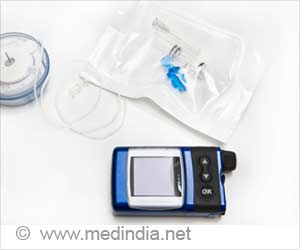Silymarin, a herbal drug obtained from Milk thistle may help to control blood sugar levels in patients suffering from type 2 diabetes.
Milk thistle is a flowering herb and is known for its complementary therapy. Silymarin, is a mixture made of the herb's active components. It is believed to contain a number of active constituents called flavolignans, which protect the liver against poisoning.
Hence,its wide use in the treatment of liver conditions like Cirrhosis and chronic hepatitis,and also the gallbladder.Lately, it has been suggested that Silymarin may also help control blood sugar levels in patients suffering from type 2 diabetes. This is based on a study done by Fallah Huseini, from the Institute of Medicinal Plants in Teheran. It maybe mentioned that, Type 2 diabetes is believed to be associated with being overweight or obese, an increasing health problem worldwide. This type of diabetes results due to a defect in the glucose metabolism.
Fallah Huseini administered 200 milligrams of silymarin thrice a day for four months to half the patients. The other half were given the placebo along with other treatments. He observed that people who were given the herb had reduced blood glucose levels. 'The results are very encouraging, and we now need to do further large multi-centre studies,' says Huseini.
But the charity, Diabetes UK, are not convinced. Some substances may appear to have an effect on lowering glucose levels in blood but they cannot offer a cure and cannot replace traditional therapies, they say.
'Studies have shown that the best method of controlling glucose levels is through a combination of regular physical activity, a healthy diet and the relevant prescribed medication,' a Diabetes UK spokesperson said. 'This study is very small and still in its early stages, therefore we would not recommend using milk thistle or any other supplement for people with diabetes.'
Diabetes, is a chronic illness which also increases the risk of heart disease, blindness, kidney damage and stroke. It also causes nerve disorders that can result in foot ulceration and amputations. The World Health Organisation predicts the number of diabetics to rise to 300 million by 2025.
Advertisement
SRM/ASH/L











